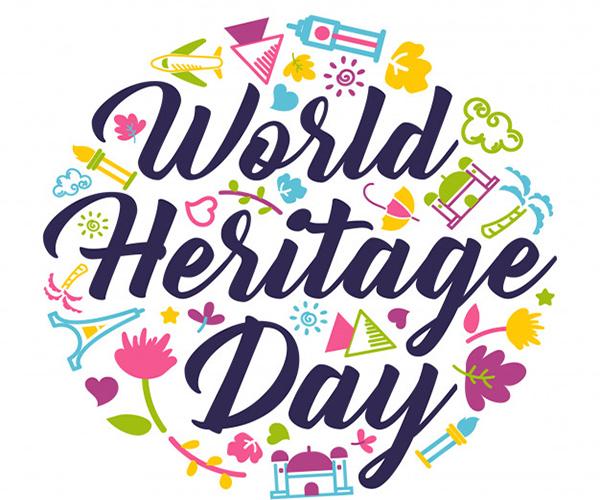Heritage Day is all about conserving the rich cultural heritage, and the historical sites such as monuments, forts and palaces of a country. The World Heritage Day is celebrated on the 18th April every year in order to generate more awareness about preserving the history of world heritage sites and monuments. On this occasion Kruti Garg, the director (conservation) of Abha Narain Lambah (ANL) Associates, Mumbai, a conservation and historic building consultants firm that was awarded eight Unesco Asia Pacific awards for heritage projects across India shares her views with our correspondent Odeal D’Souza about the rich heritage of our country and the sites that require immediate attention.
Kruti Garg has been part of major projects such as Royal Opera House, Mumbai; Revival of Choti Chaupad and design for the museum of archaeology, Jaipur; Design and restoration of Bharatpur museum; Design and interior restoration of bikaner house as a cultural centre, New Delhi; as well as the 18th century Kingsland Homestead Museum, New York. Garg also curates and designs heritage walks for the public in Mumbai.
{An architecture alumna of the D.C. Patel School of Architecture of the Institute of Environment Design, Gujarat, and the School of Planning and Architecture, Delhi, she pressed on to acquire a certificate in masonry conservation of Restore, a New-York based not-for-profit}
A world heritage site is basically defined as a man-made structure that is of international importance which requires special protection. From Great Wall of China to TajMahal each one of them has a splendid architecture and a special story to tell. India is blessed with many beautiful monuments and historical sites. In fact the roots of Indian history lie in its ancient forts, rock temples, sculptures and bewitching palaces. “With a vast cultural expanse and centuries of history, India has no dearth of monuments or sites being worthy of protection, however a lot of them are not being listed as heritage sites, let alone the protection. Historic sites are usually protected by law at the state and central level and there is definitely more consciousness which is required within the system to be able to work with the heritage rather than against it. It should not be seen as a hindrance but as a characterising element giving identity to the place,” explains the committed heritage conservation evangelist Kruti Garg.
Off late, many monuments and historical sites in our country are losing their charm and vitality and some of them require immediate attention and protection. “I personally feel, the step wells in our country are a huge resource which require immediate restoration and along with the need to use them differently and not merely as monuments or spectatorial visits. I am a firm believer that we can increase the life of our heritage buildings by putting them to use. One of the structures under threat is the Watson’s hotel in Mumbai, the only structure in our country constructed in a cast iron framework (completely imported from England in the mid-19th century) and today is in a highly deteriorated state and requires immediate restoration. Apart from them, the conditions such as climate change, pollution levels, have an impact on these monuments. We need to plan and work our ways of dealing with these environmental issues at hand and do what we can to best safeguard these historical places.”
Speaking about the initiatives, about restoring the historical sites in our country, Garg goes on to add that “The first step is to create awareness in the public realm, through which a visitor, can develop a sense of stake, ownership and association with the historical sites. With the combined initiatives by the Government organisations, NGO’s, conservation architects workshops, heritage walks, people can develop deeper association with the historical sites and hence they don’t merely remain as an object of sight but rather as a space to be experienced. Public involvement is always the game changer and the initiatives will work more effectively if citizens come together and work with the Government to retain the authenticity and charm of our heritage.”
However, along with the government, there should be public awareness in the way we treat our monuments and important sites. Certain important things should be kept in mind such as cleanliness is of prime importance and one should not scribble anything on the walls of these historical places. Do not throw litters around the historical places and make it untidy. Respect the historical sites. “We have limited ourselves to a more introverted mind-set and therefore our involvement with our towns, cities and heritage is getting lost. We should know and value our heritage sites and treat them with respect and adulation just like we do with our intangible values and traditions,” concludes Garg.
